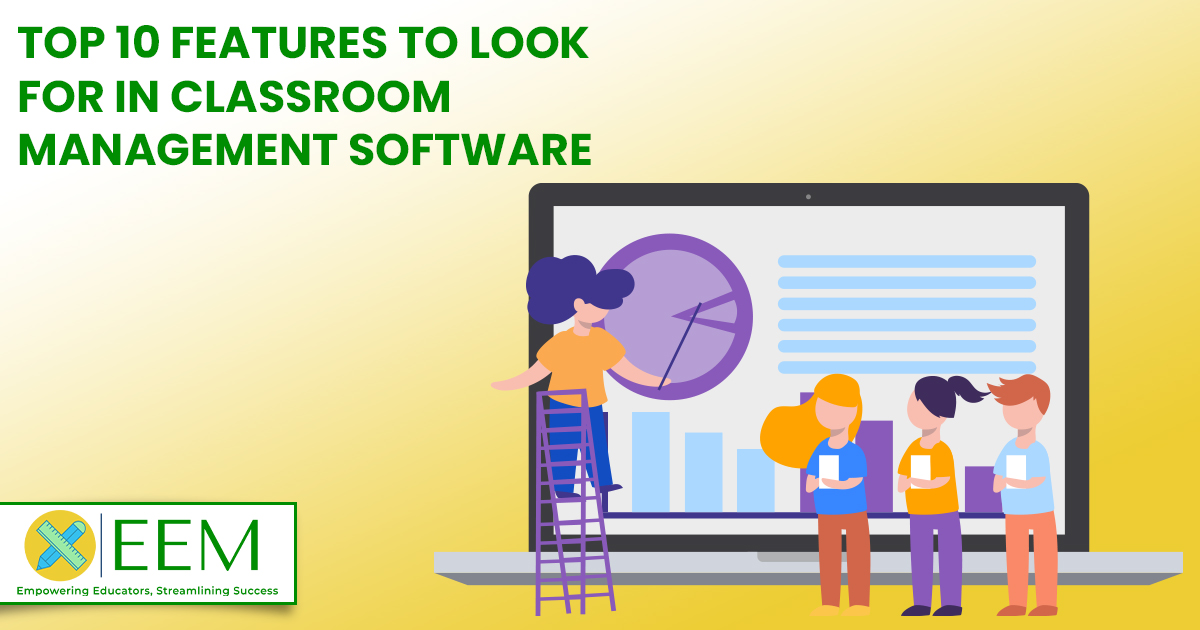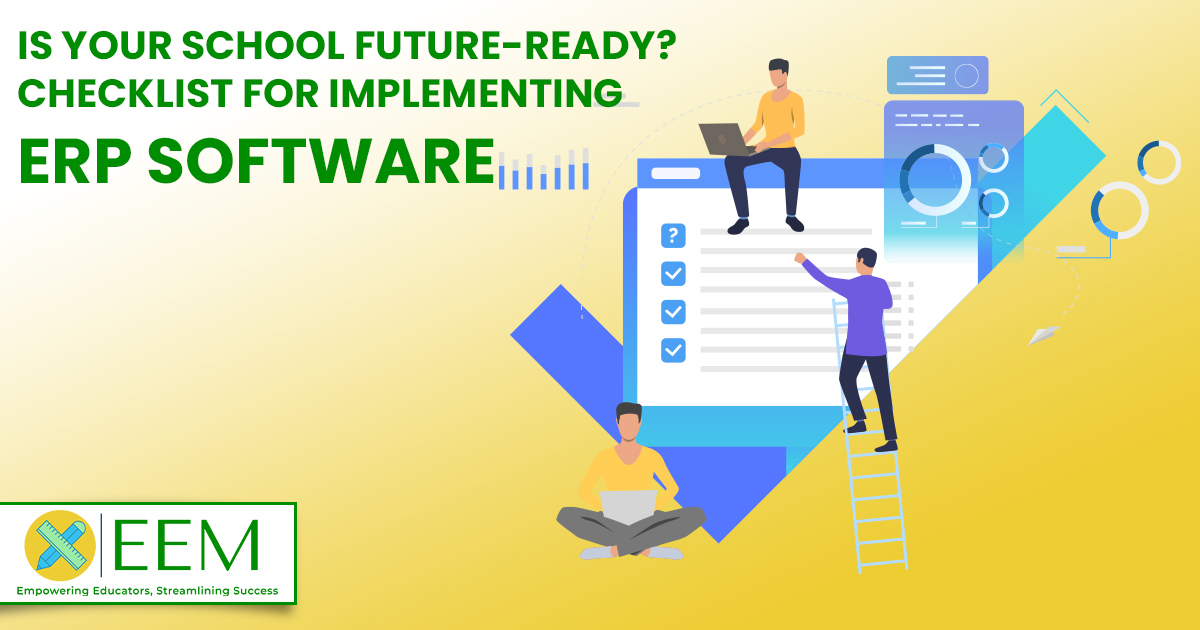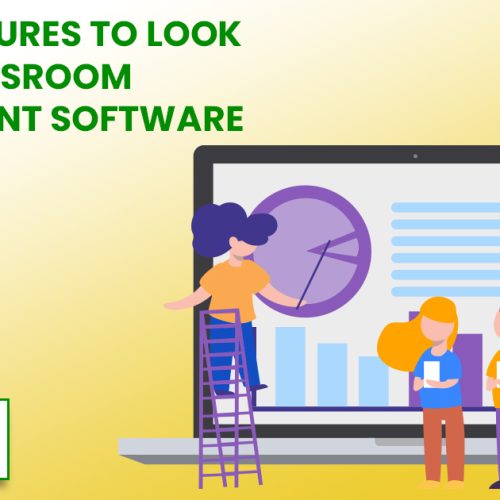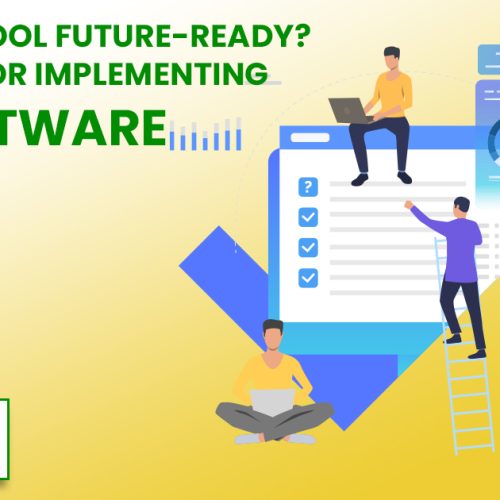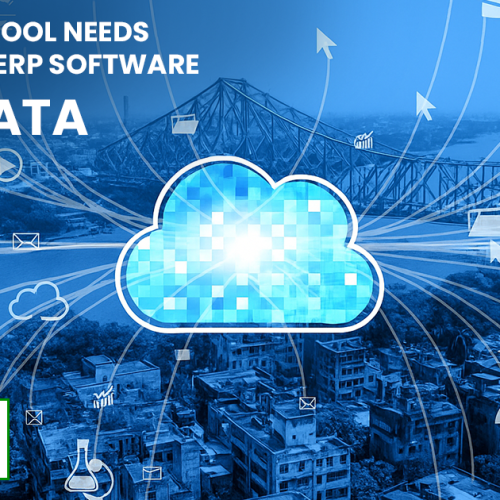
In the dynamic and fast-paced world of business and education, efficient management of resources and processes is crucial for success. One of the most effective tools for achieving this efficiency is an ERP system. But what exactly is ERP, and how can it benefit organizations? Let’s delve into the concept of ERP and explore its myriad advantages.
What is ERP?
ERP stands for Enterprise Resource Planning. It is a type of software used by organizations to manage and integrate the important parts of their businesses. An ERP software system can integrate planning, purchasing inventory, sales, marketing, finance, human resources, and more.
ERP systems are designed to facilitate the flow of information between all business functions inside the boundaries of the organization and manage the connections to outside stakeholders. These systems are built on a central database that allows multiple departments to communicate and share data seamlessly.
Key Features of ERP Systems
- Integrated Modules: ERP systems consist of various modules that handle different business processes. Common modules include finance, HR, manufacturing, supply chain, and customer relationship management (CRM).
- Centralized Database: All data is stored in a single database, ensuring consistency and accuracy across the organization.
- Real-Time Data: ERP systems provide real-time data and insights, enabling quick and informed decision-making.
- Automation: Automates routine tasks, reducing manual work and minimizing errors.
- Scalability: Can be scaled up or down based on the organization’s size and needs.
Benefits of ERP Systems
1. Enhanced Efficiency and Productivity
By automating routine and repetitive tasks, ERP systems free up employees to focus on more strategic activities. This automation reduces the chances of human error and speeds up processes, resulting in increased efficiency and productivity across the organization.
Examples:
- Automated Invoicing: Automatically generates and sends invoices to customers, reducing delays and errors.
- Streamlined HR Processes: Automates payroll, attendance tracking, and employee data management.
2. Improved Collaboration
ERP systems break down silos within an organization by providing a single source of truth. This unified approach fosters better collaboration and communication among departments, as everyone has access to the same data and information.
Examples:
- Integrated Communication Tools: Facilitate communication between teams and departments.
- Shared Data Access: All departments can access real-time data, improving coordination and collaboration.
3. Real-Time Data and Reporting
One of the most significant advantages of ERP systems is the ability to provide real-time data and analytics. This feature allows organizations to make informed decisions quickly, responding to market changes and internal needs more effectively.
Examples:
- Financial Reporting: Generate real-time financial reports, giving insights into revenue, expenses, and profitability.
- Sales Analytics: Access real-time sales data to track performance and identify trends.
4. Better Resource Management
ERP systems provide tools for better resource management, including inventory management, production planning, and workforce management. This ensures that resources are used optimally, reducing waste and lowering costs.
Examples:
- Inventory Control: Maintain optimal inventory levels, reducing overstock and stockouts.
- Production Planning: Efficiently plan production schedules, ensuring timely delivery of products.
5. Enhanced Customer Satisfaction
By streamlining processes and providing real-time data, ERP systems enable organizations to respond to customer inquiries and fulfill orders more quickly and accurately. This leads to improved customer satisfaction and loyalty.
Examples:
- Order Management: Streamlined order processing and fulfillment, reducing lead times.
- Customer Service: Access to customer data enables personalized and responsive customer service.
6. Scalability and Flexibility
ERP systems are highly scalable and can grow with the organization. Whether expanding operations, adding new departments, or entering new markets, an ERP system can adapt to these changes seamlessly.
Examples:
- Scalable Solutions: Add new users, modules, and functionalities as the organization grows.
- Flexible Deployment: Available as on-premises, cloud-based, or hybrid solutions, providing flexibility based on the organization’s needs.
7. Regulatory Compliance and Risk Management
ERP systems help organizations stay compliant with industry regulations and standards by providing tools for accurate record-keeping and reporting. They also assist in risk management by identifying and mitigating potential risks through data analysis.
Examples:
- Regulatory Reporting: Automated compliance reporting for financial, environmental, and safety regulations.
- Risk Management Tools: Identify and manage risks related to operations, finance, and other areas.
Conclusion
ERP systems are powerful tools that can transform the way organizations operate, providing numerous benefits such as enhanced efficiency, improved collaboration, real-time data access, better resource management, and increased customer satisfaction. By integrating various business processes into a single system, ERP systems enable organizations to operate more effectively and stay competitive in a rapidly changing environment.
For businesses and educational institutions alike, embracing ERP technology is a strategic move that can lead to long-term success and sustainability. If you’re considering implementing an ERP system, now is the time to explore the possibilities and unlock the full potential of your organization with a comprehensive ERP solution.

